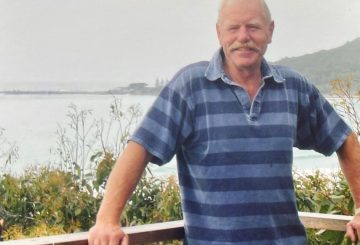New Zealand có thể hưởng lợi từ một chương trình đầu tư lớn nhằm sửa chữa những ngôi nhà không lành mạnh của đất nước. Theo một báo cáo của Business and Economic Research Limited (BERL), các hộ gia đình có thể đạt được 116 tỷ USD lợi ích bất chấp ảnh hưởng đến tăng trưởng kinh tế. Báo cáo này được ủy quyền bởi Hiệp hội Nghiên cứu Xây dựng New Zealand (BRANZ), đã xem xét các chương trình cải tạo từ nước ngoài, bao gồm cả một chương trình từ Cộng hòa Ireland, có thể được áp dụng tại New Zealand.
Nghiên cứu đánh giá ba kịch bản với các chương trình cải tạo khác nhau, từ rẻ nhất, ước tính khoảng 26,6 tỷ USD, đến đắt nhất, ở mức 58.1 tỷ USD. Trong cả ba kịch bản, tổng sản phẩm quốc nội (GDP) của nước này sẽ thấp hơn vào năm 2050 so với dự báo kinh doanh như bình thường, không có chương trình cải tạo. Tuy nhiên, các hộ gia đình sẽ nhận được lợi ích trị giá 116 tỷ USD, điều này sẽ chuyển thành lợi ích về sức khỏe, năng suất và sử dụng năng lượng.
Chuyên gia tư vấn cao cấp Nick Robertson nói rằng thu nhập hộ gia đình sẽ tăng lên do lợi ích của chương trình cải tạo, dẫn đến tác động kinh tế trong nước. Báo cáo cho thấy GDP không phải là một thước đo lớn về hiệu suất kinh tế vì nó chỉ xem xét nền kinh tế như một tổng thể và không cho thấy làm thế nào nó có thể tập trung trong dân số.
Robertson cũng nhấn mạnh rằng một chương trình cải tạo là một sự đầu tư vào sức khỏe của New Zealand, dẫn đến tăng năng suất và ít thời gian nghỉ do bệnh tật. Các kết quả của báo cáo hỗ trợ nhu cầu đầu tư vào cổ phiếu nhà ở của New Zealand để cung cấp một môi trường lành mạnh và hiệu quả hơn cho công dân của mình.
Sửa chữa nhà không lành mạnh sẽ đạt tăng trưởng GDP, nhưng lợi ích gia đình – báo cáo





























































